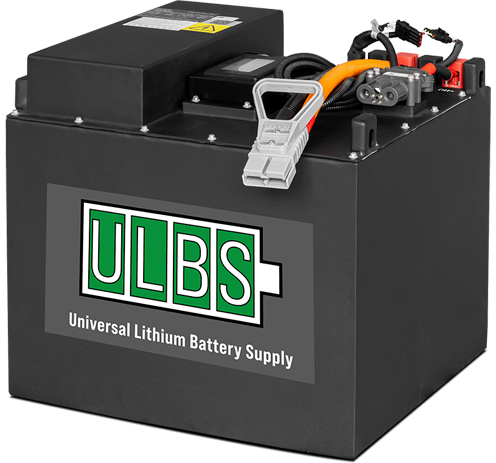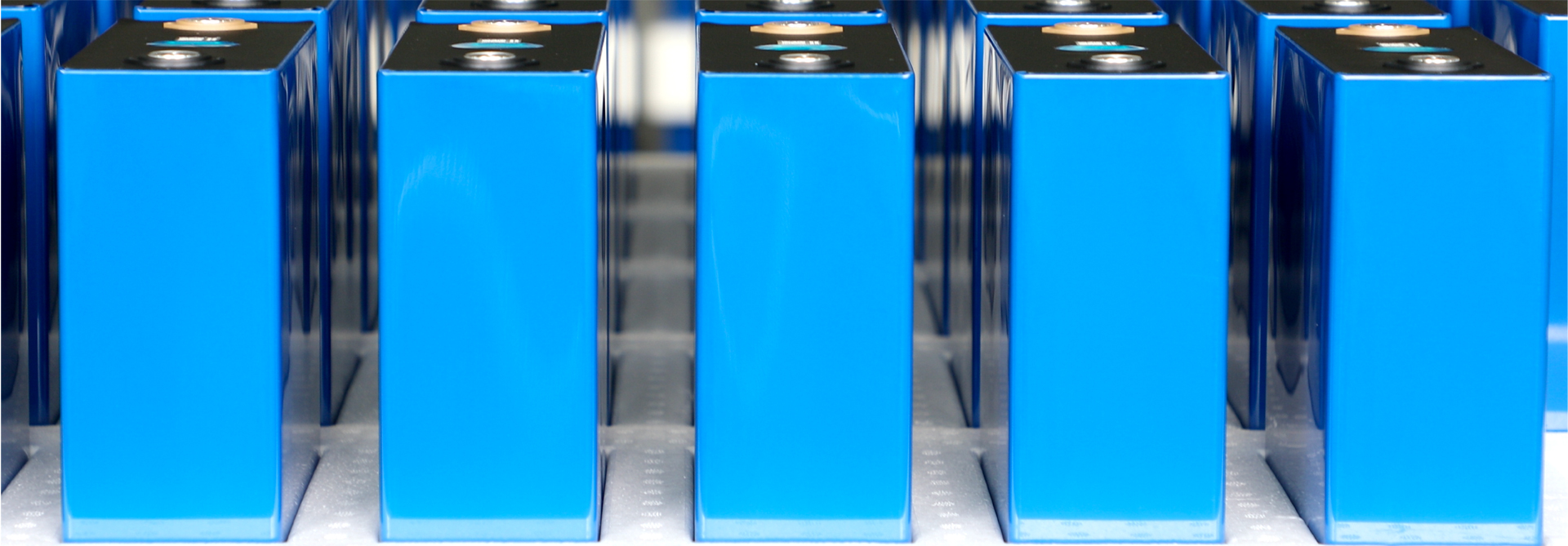Lithium Iron Phosphate (LiFePO₄) provides several key benefits over Lithium Nickel Manganese Cobalt (NMC). These benefits include:
Longer Life Span
ULBS’ LiFePO₄ cells have a lifespan of 4,000 cycles. NMC cells have an average lifespan of 2,300 cycles. This means that LiFePO₄ cells last 53.9% longer, on average, than NMC cells.
Safer
ULBS’ LiFePO₄ cells don’t experience thermal runaway until 1112°F. Depending on the manufacturer, NMC cells can experience thermal runaway starting at 482°F. This means that LiFePO₄ cells are a lot less likely to experience a thermal event than their NMC counterparts.
Lower Environmental Impact
LiFePO₄ cells are made up of Lithium, Iron, and Phosphates. Iron and Phosphates are readily avalible and do not pose significant environmental challenges when they are mined. NMC cells use Lithium, Nickel, Manganese, and Cobalt. Nickel, Manganese, and Cobalt all have environmental challenges when they are mined. This means that there is a lower enviromental impact when mining the elements that make up LiFePO₄.








